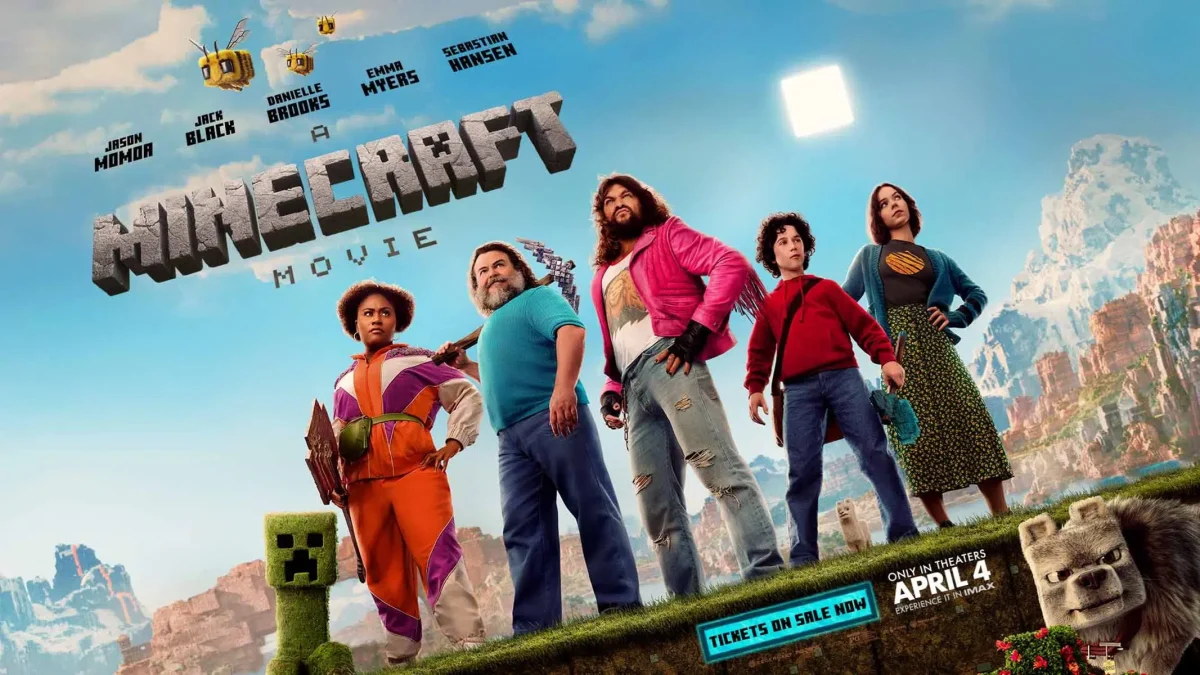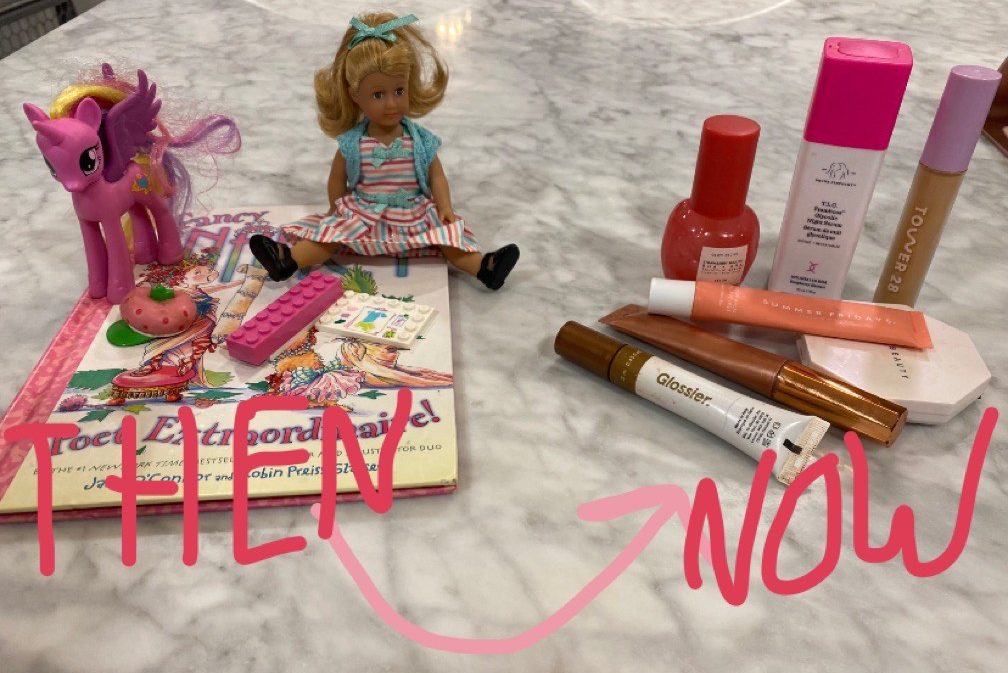For generations, girlhood has bordered the fine line between acting too young or too old. However, in today’s world, the majority of girls in the tween phase of their life have been hypnotized by the craze of high-end makeup, and the look much older women possess. While makeup can be a fun hobby or a confidence booster, over the years it has become less of a want and more of a need, and young girls are the primary consumers.
Most trends begin on TikTok, a popular social media app with short videos. A study from New York Times found that 18 million out of 1.1 billion users on the app are suspected to be under the age of 13. One of the biggest subcultures of TikTok is beauty and skincare, with trends like dewy Charlotte Tilbury products, Hailey Bieber skin, and neverending “solutions” of how to stop aging. Tween girls can endlessly consume these videos but the trends consumed are unattainable for tween girls in terms of both age and money, often causing a detrimental effect on their self-image. “There’s a lot of media that’s been more centered around makeup and skincare and just overall appearance stuff more directed at young girls and that’s become really popular,” sophomore Olivia Pellegrene said.
Girls from the ages of 8 to 12 have always been especially impressionable, due to their prefrontal cortex just beginning to develop, which is responsible for conducting one’s behavior, emotions, and attention span, which makes social media the perfect thing for a tween to fixate on. Social media is also the perfect way to consume new ideas, such as makeup. TikTok has even coined a term for tweens obsessed with makeup, calling them “Sephora kids.” Bella Pellegrene, a 10-year-old girl at St. Barts Elementary, has developed a keen interest in beauty after seeing it on social media. “I always liked makeup but I just was watching YouTube one day and I saw people using it and I wanted to buy it,” Bella Pellegrene said.
In particular, influencers such as Katie Fang, Alix Earle, and Kylie Jenner can be seen using new, high-end products, which can easily persuade girls much younger than them to want to do the same. “The older kids are doing it so we want to try it,” Bella Pellegrene said.
The issue is that these women are women. They are grown adults who have already been through their tween phases. In addition, tween girls see women who represent the “epitome of beauty and wealth.” What they don’t see is that some of these women have altered their faces surgically or with retouch filters. Adults notice how a young generation of girls are entranced with this new, more accessible, development of beauty standards and have raised concerns. “It’s always been an issue even before social media, like magazines for example… [However] it’s much easier to see those images now because you don’t have to have a magazine subscription. You can just see it online,” senior high math teacher Mary Seppala said.
The way girls are viewing makeup gives them a warped image of themselves, making them develop a dependency on makeup and feel pressure to live up to the faces they see online, which is where makeup products come in. “I feel like you [should be] wearing makeup, because it makes you feel good. That’s one thing. I wouldn’t want girls to be wearing makeup because of how they think other people are going to view them,” Seppala said.
Along with a false sense of beauty, these influencers also use products that target much older skin. Skincare products sold at Sephora are meant to help with skin issues, such as acne or wrinkles. But those issues do not affect 10-year-olds. These trending products can be harsh on young skin and are priced unreasonably high, especially for buyers who do not need the product. “A 10-year-old doesn’t need a lot of those products. I am not an expert in skincare but I feel like things like retinol are not needed on 10-year-old skin,” Seppala said.
Although these products are overpriced and unnecessary, young girls feel the need to consume it at a high rate because they equate makeup with their worthiness and self-image. Because of this influence, instead of browsing the Lego section at Target, they are filling up their shopping carts on the Sephora website. Instead of having the coolest toy, having the latest makeup product is what generates this feeling of adequacy or belonging within young girls. “I definitely think having these more expensive products is cool to younger kids.[..]It kind of creates this thing where you’re spending a lot of money on things, you’re just kind of following the trend,” Olivia Pellegrene said.
When all these aspects of beauty culture are combined, it creates this mindset for young girls that they have to indulge in this toxic culture in order to fit into this new, even more unrealistic standard of beauty. This standard teaches girls that wanting to be older is good, wanting to skip your youth is the right feeling to have, and overall gives them the idea that being a young girl isn’t trendy, so they should therefore skip their girlhood. “Confidence, overall, shouldn’t come from this makeup and hiding childlike insecurities or childlike features,” Olivia Pellegrene said.





































![Teacher Lore: Mr. Hillman [Podcast]](https://bsmknighterrant.org/wp-content/uploads/2025/03/teacherlorelogo-1200x685.png)



